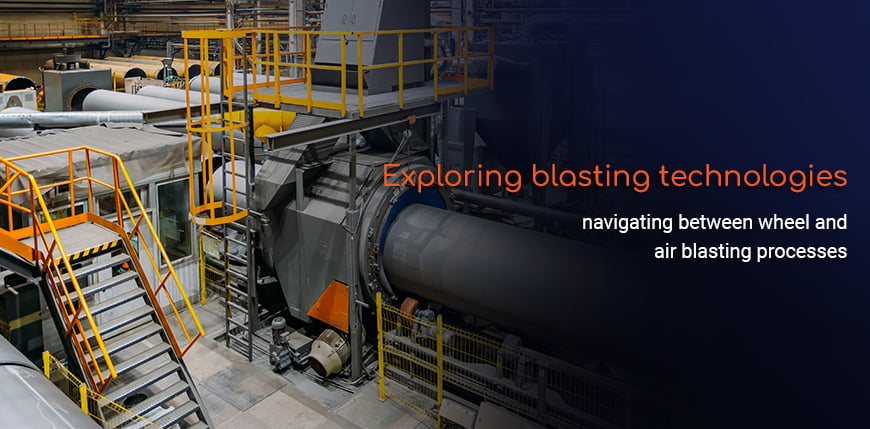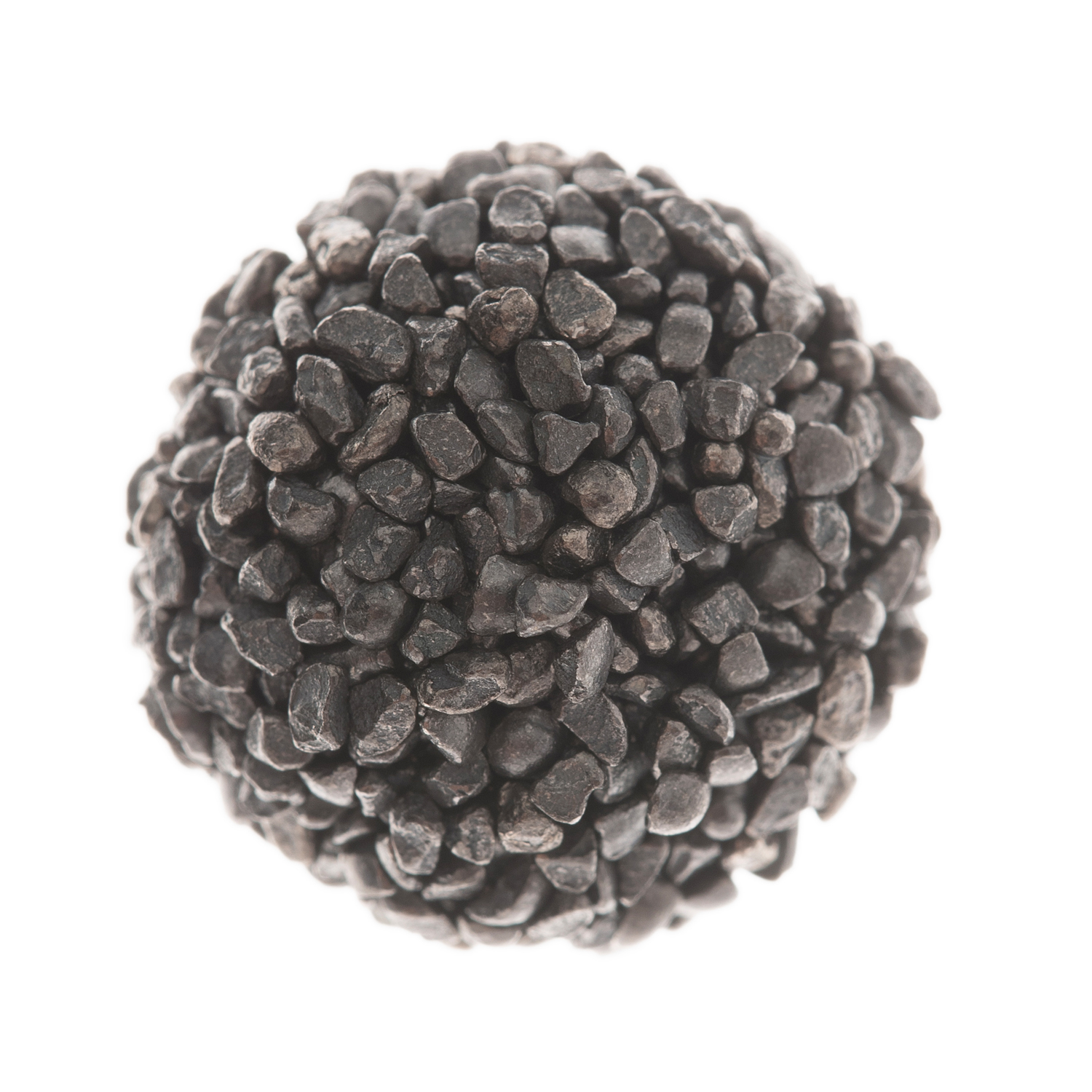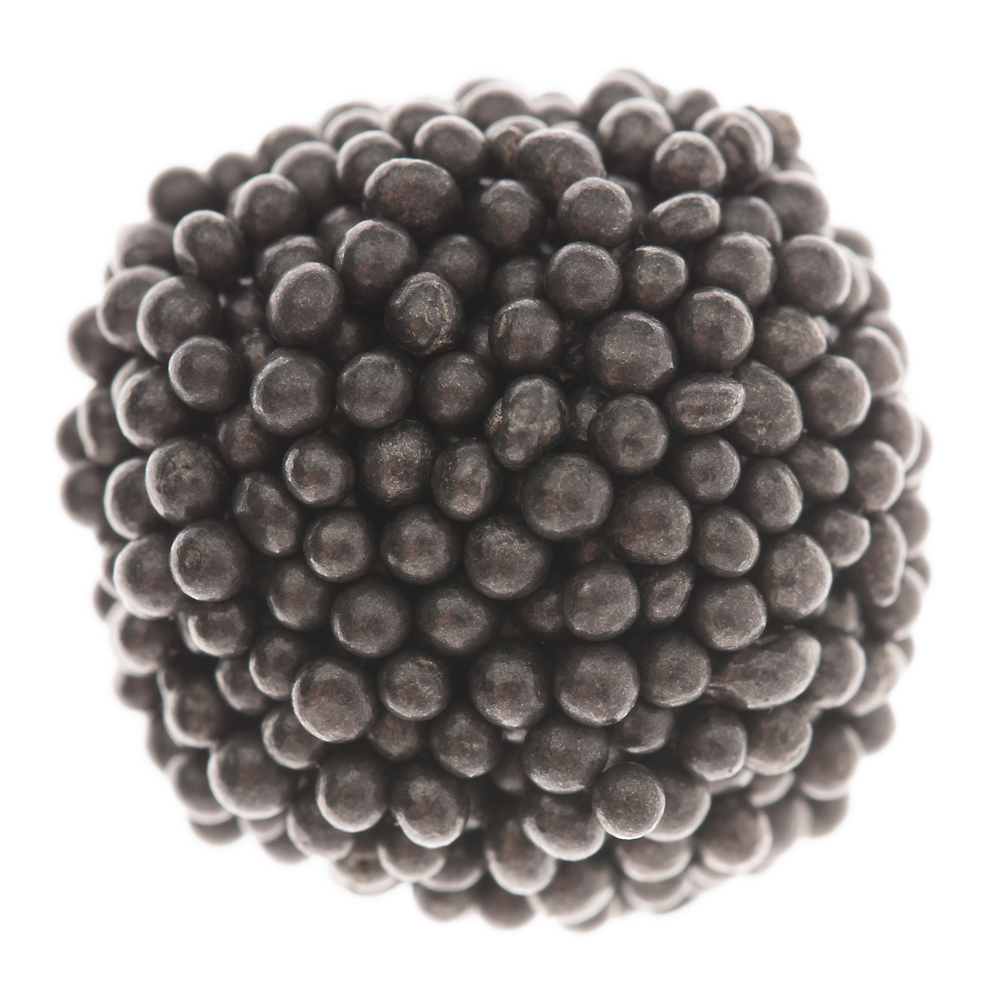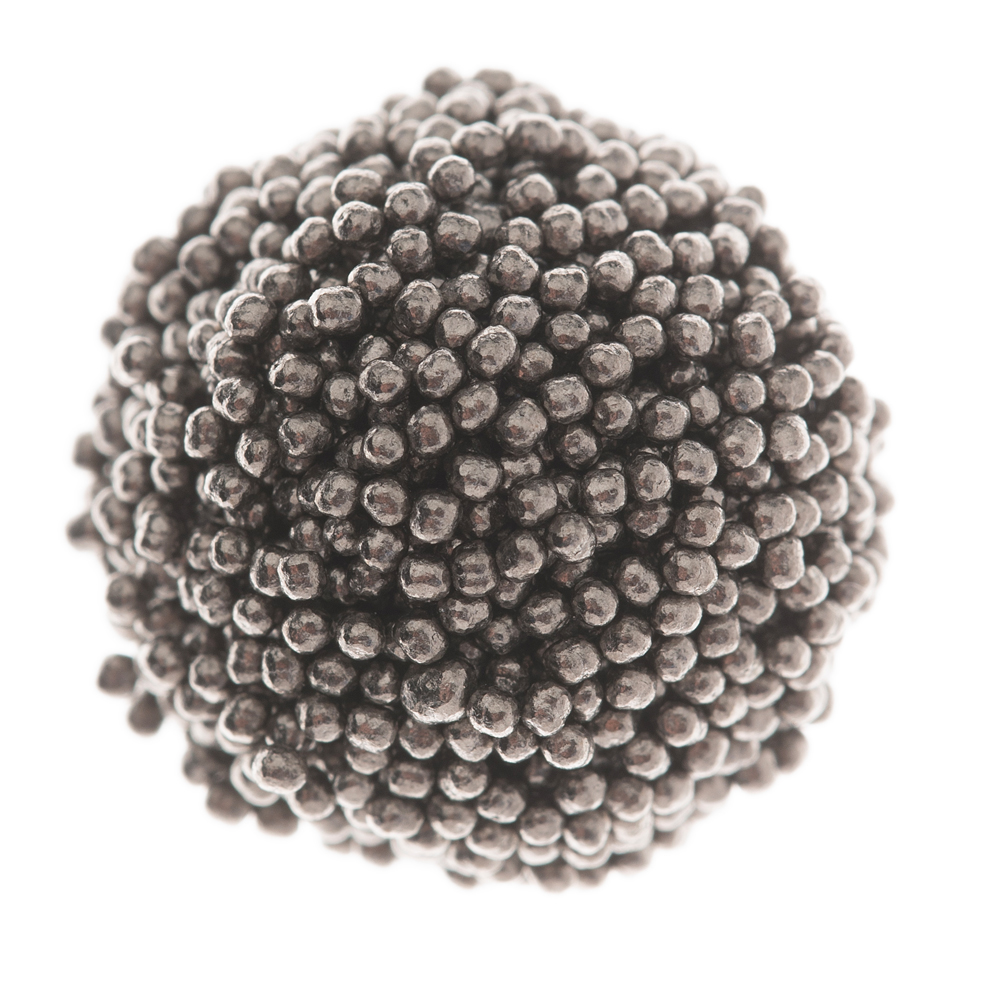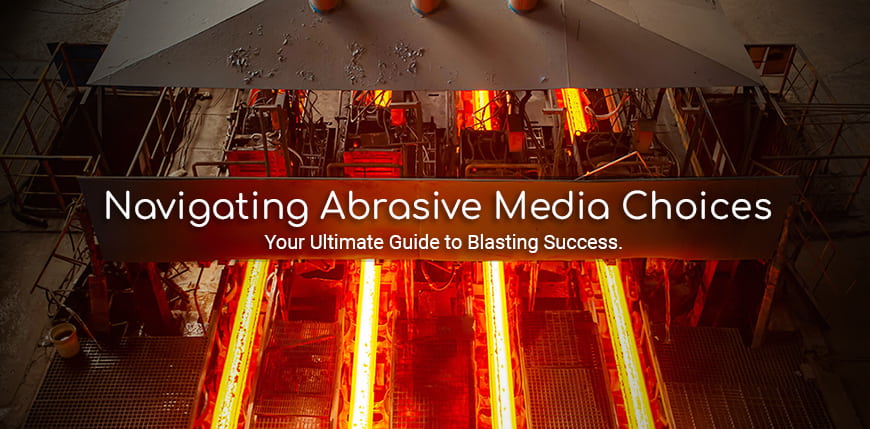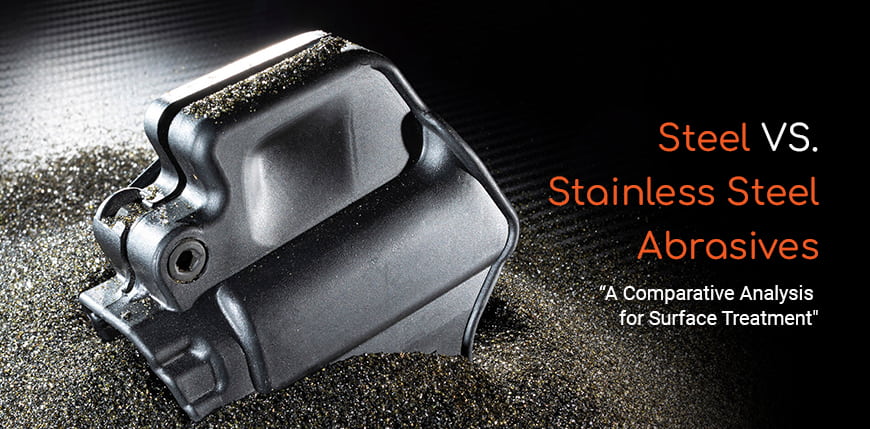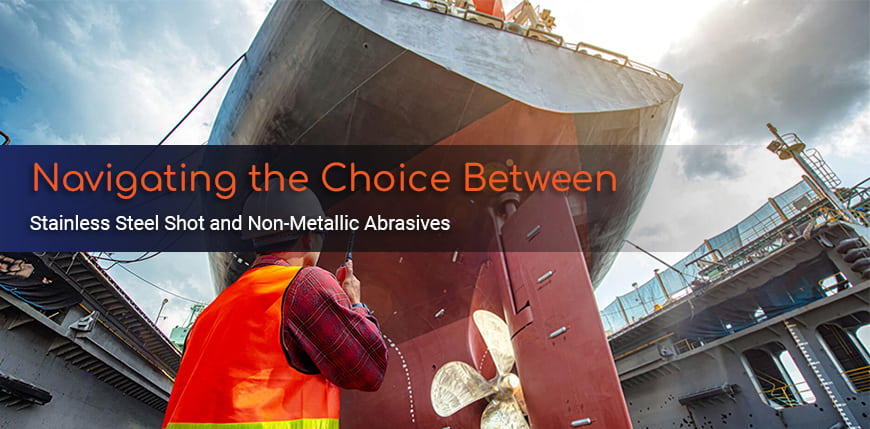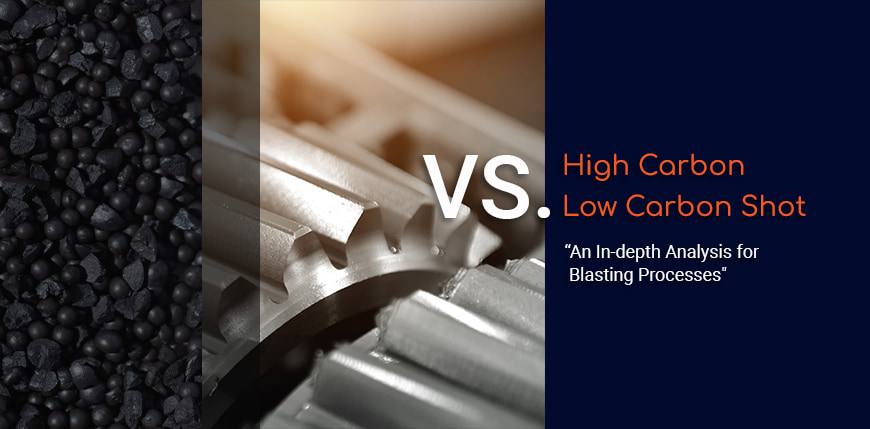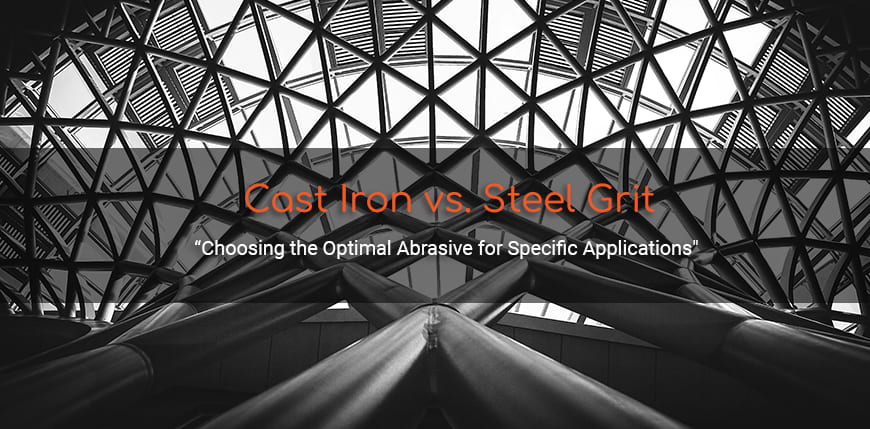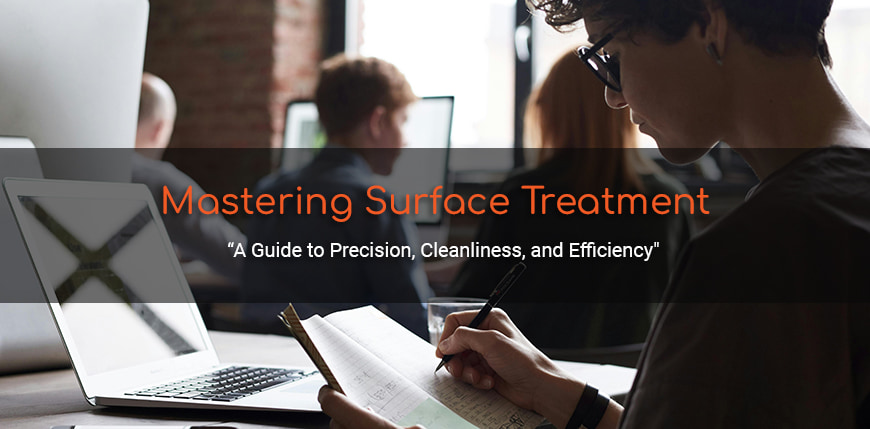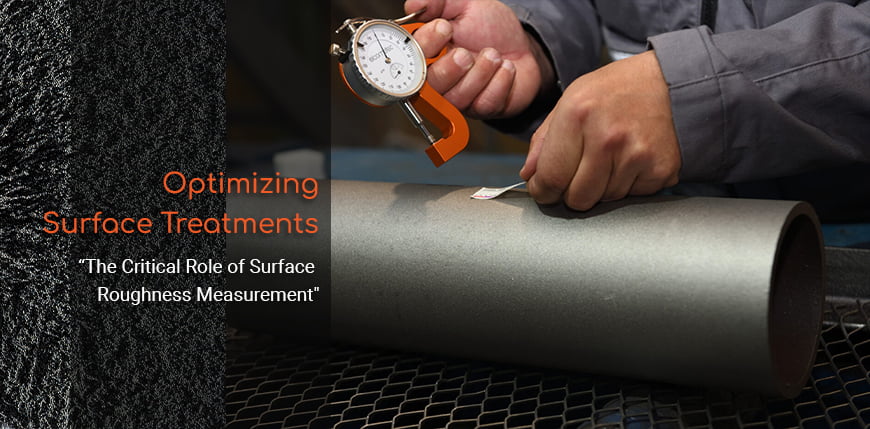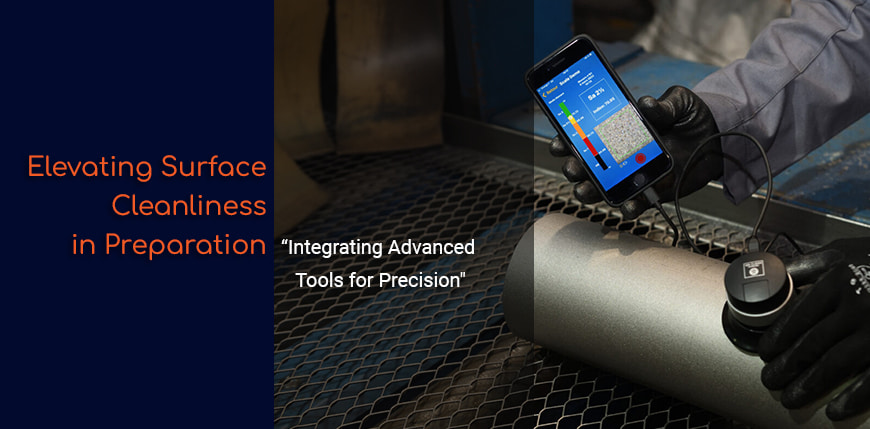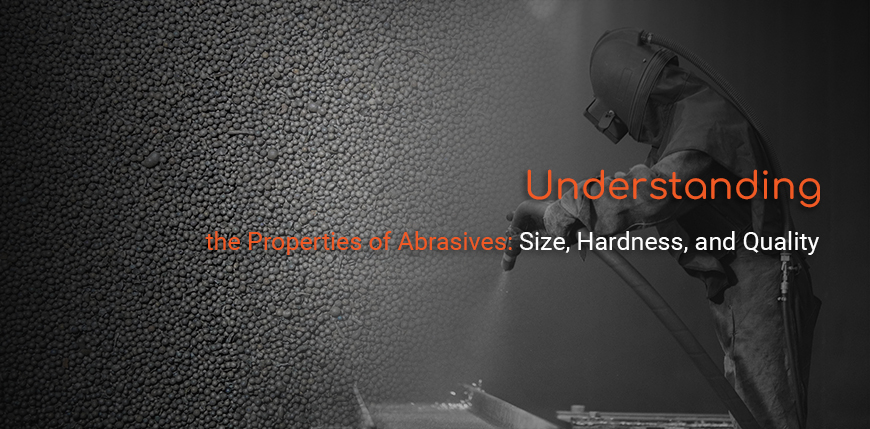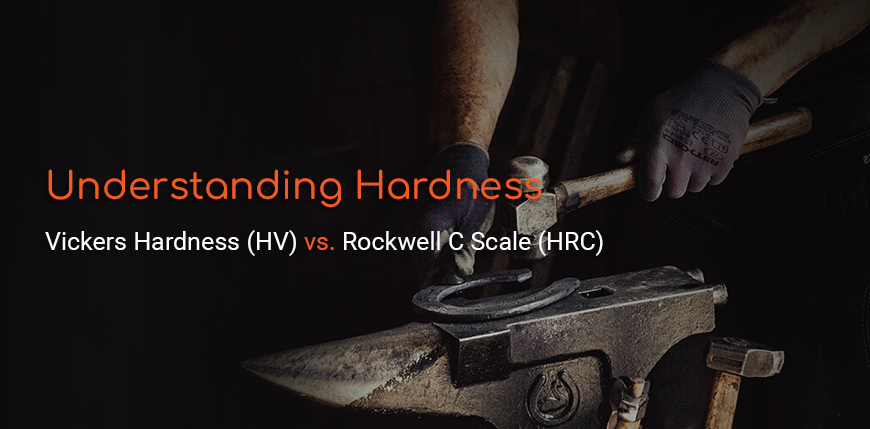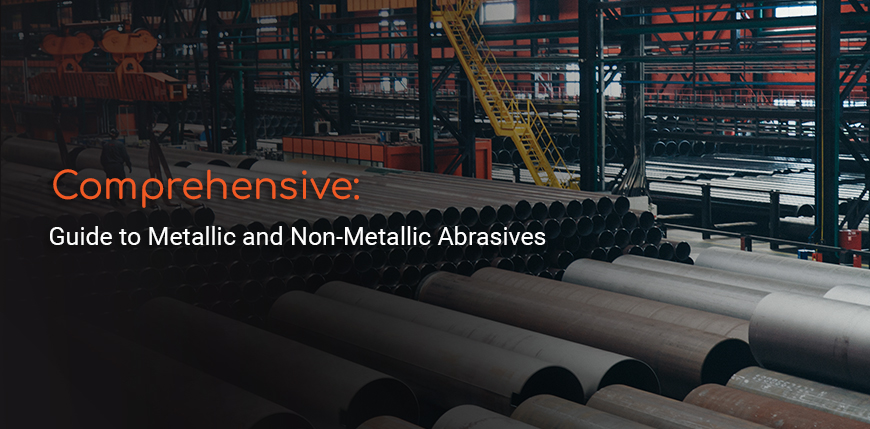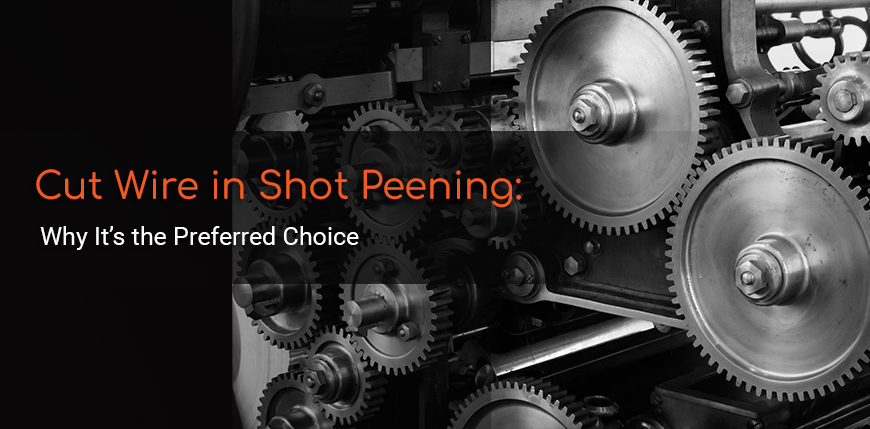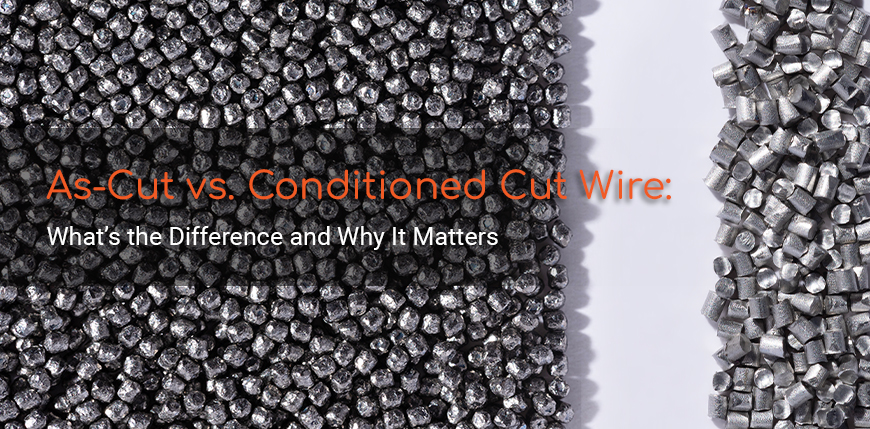Exploring blasting technologies: navigating between wheel and air blasting processes
The field of industrial surface treatment offers a spectrum of technologies, each with its unique benefits and applications. This article serves as an introduction to wheel blasting and air blasting processes, providing a foundational understanding of each process, ensuring that industries can make informed decisions based on their specific requirements.
Blasting fundamentals: wheel vs. air blasting
Blasting technology accelerates abrasive materials against workpieces to achieve effects such as cleaning, descaling, deburring, and roughening. While both wheel and air blasting



